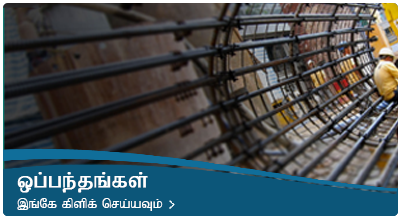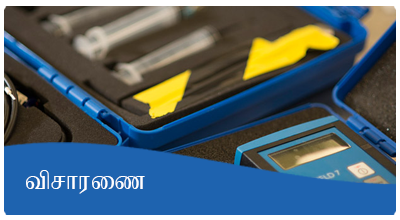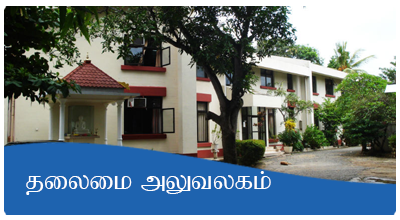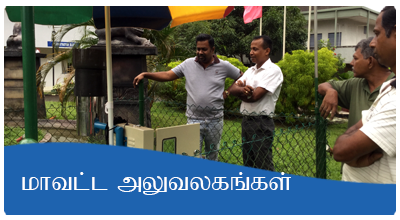Based on the request of Marine Environmental Protection Authority (MEPA) of Sri Lanka to provide technical support to assess the impact on air quality due to the fire at MV X-press Pearl ship near Colombo port, National Building Research Organisation (NBRO) conducted a comprehensive study on air quality at nearby affected areas.
As we know, the MV X-PRESS PEARL container ship was carrying approximately 1500 containers that arrived at Colombo on the late hours of 19th May 2021. Most of these containers are field with chemicals that with highly toxic such as include Nitric Acids, Sodium Hydroxide, Sulfur, Methanol, high volatile cosmetic chemicals, organic chemicals and plastic etc. with some other materials which are incompatible materials.
Once the ship is fired, most of these chemicals and materials in the ship are decomposed and may released to the atmosphere as chemical vapor, as criteria air pollutants generated due to the combustion products depending on the composition of the materials. In addition, hazardous pollutants such as Dioxin, Furan and other Organic Pollutants, Heavy Metals, and greenhouse gases such as Carbon Dioxides could also release to atmosphere depending on the firing materials and temperature. Air pollutants are then dispersed in surrounding areas depending on the metrological conditions. As per the observations made during fire, air pollutants generated are dispersed as a plume to the inland areas when prevailing wind was from West and South-west during the firing period (Figure 1).
Figure 1. Air pollutant emission during the fire
NBRO is therefore carryout air quality monitoring closed to the X-press pearl ship (about 50 m distance) and run an incident analysis model to identified critical areas that can affect by the fire incident. Based on the model outcome, it was identified area about 120 km2 as venerable to high exposer around the Ja-Ela area (figure 2). A group of officers were then measured critical air pollutant levels within the areas in occasionally while measuring particulate matter levels continuously at identified 3 locations. As observed while monitoring, the air pollutant generate by the fire accident are dispersed as a plume and goes at relatively higher level from the ground as there was favorable meteorological condition that flume not reached to the ground.
Figure 2. Identified vulnerable area in according to ERPG for nitric acid exposure
The measuring results are therefore indicate high pollution level closed to the ship and no significant levels recorded in the identified critical area. Whereas the continuous monitoring data indicate some peak pollution levels exist only in few hours that exceeded national standard levels with the changes of meteorological condition (figure 3).
An air quality dispersion model software was run to assess the ground level concentration of pollutant generated by fire indicate that contribution by the fire is increased the ambient levels by two fold (figure 4), the predicted levels were well within the standard levels since the air pollutant levels in these days are very low due to the COVID 19 lockdown scenario. The load calculation data indicate that total of 8000 metric tons to 13000 metric tons of air pollutant were reclosed to the atmosphere depending on the amount of burn mass due to this incident at MV X-press Pearl ship.
Figure 3. Continues PM2.5 Levels at selected locations in vulnerable area
Figure 4. Ground level concentration of particulate contribution by fire






























